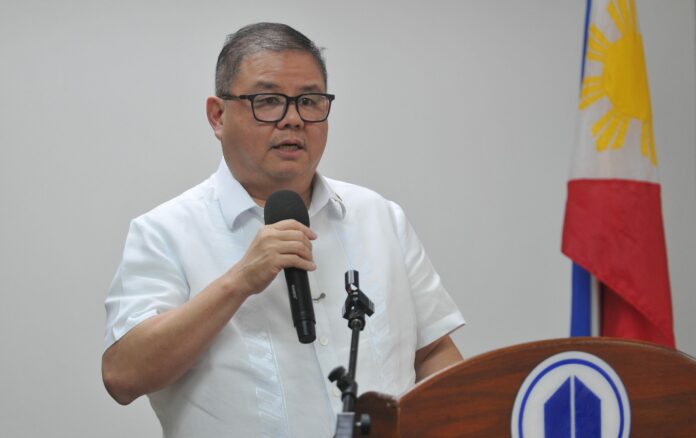The Philippines is expected to experience minimal disruption from the United States’ upcoming tariff hikes, set to take effect 9 April 2025, according to local agricultural leaders. Agriculture Secretary Francisco Tiu Laurel Jr. indicated that the country will face a relatively lower tariff rate compared to its Southeast Asian neighbors, positioning it as one of the least affected in the region.
In a press briefing on Thursday, Tiu Laurel explained that the U.S. will impose a 17 percent tariff on Philippine agricultural exports. This contrasts sharply with higher tariffs on countries such as Malaysia (24 percent), Indonesia (32 percent), Vietnam (46 percent), Thailand (36 percent), Japan (24 percent), Mexico (25 percent), and China (54 percent). “From a general perspective, this is somewhat positive for us, as we have a lower percentage compared to others,” he said, though he emphasized the need for a detailed review of specific agricultural commodities to assess the full impact.
The Department of Agriculture (DA) is currently conducting a comprehensive analysis of all Philippine exports to the U.S. to identify which products will be positively or negatively affected by the new tariff rates. Tiu Laurel noted that the DA will likely take about a week to finalize its list of impacted goods.
Local agricultural leaders, however, have warned that the Philippines should not become overly reliant on the U.S. market despite the favorable tariff rates. Danilo Fausto, president of the Philippine Chamber of Agriculture and Food Inc. (PCAFI), reiterated that while the country will be less impacted than its ASEAN counterparts, it still needs to diversify its export markets. “In general, we will be the least affected by Trump’s tariff war,” Fausto said. “Our export is around 27 percent of GDP, compared to our neighbors, which have exports representing 100 percent to 150 percent of their GDP. Our weakness in global trade is, in fact, a strength in times of crisis.”
Fausto also noted that the Philippines could emerge in a stronger position over the long term as an alternative source for U.S. imports, especially as U.S. tariff increases are partly driven by the need to reduce a significant federal deficit and fulfill tax reform promises.
Raul Montemayor, national manager of the Federation of Free Farmers, echoed the call for a more granular analysis, particularly for key exports such as coconut products, which currently enter the U.S. tariff-free. “We need a product-by-product analysis to understand the precise impacts,” Montemayor said.
As the U.S. tariff changes unfold, the Philippines’ agricultural sector is cautiously optimistic but aware of the need for strategic adjustments and market diversification to navigate potential future challenges.







